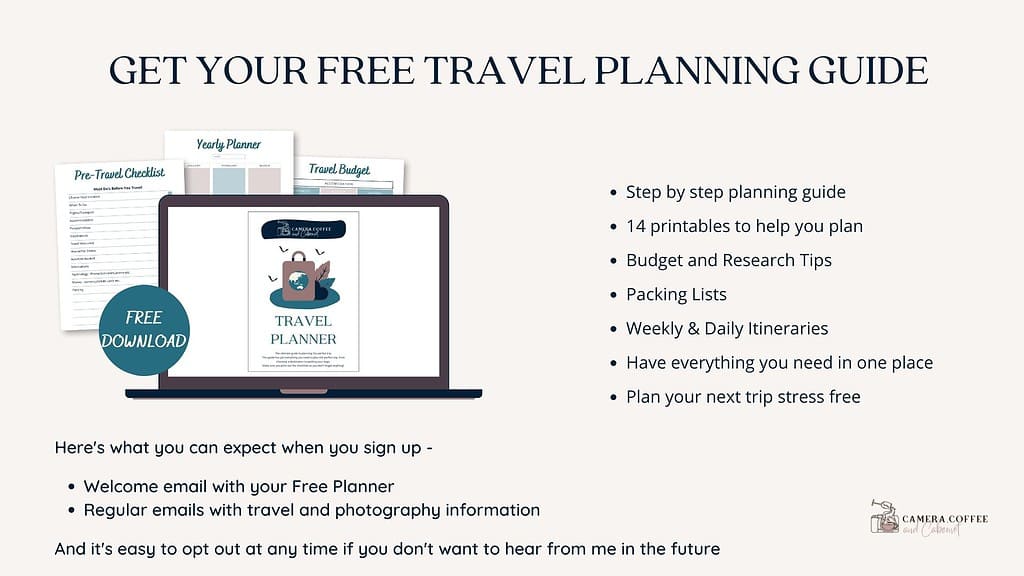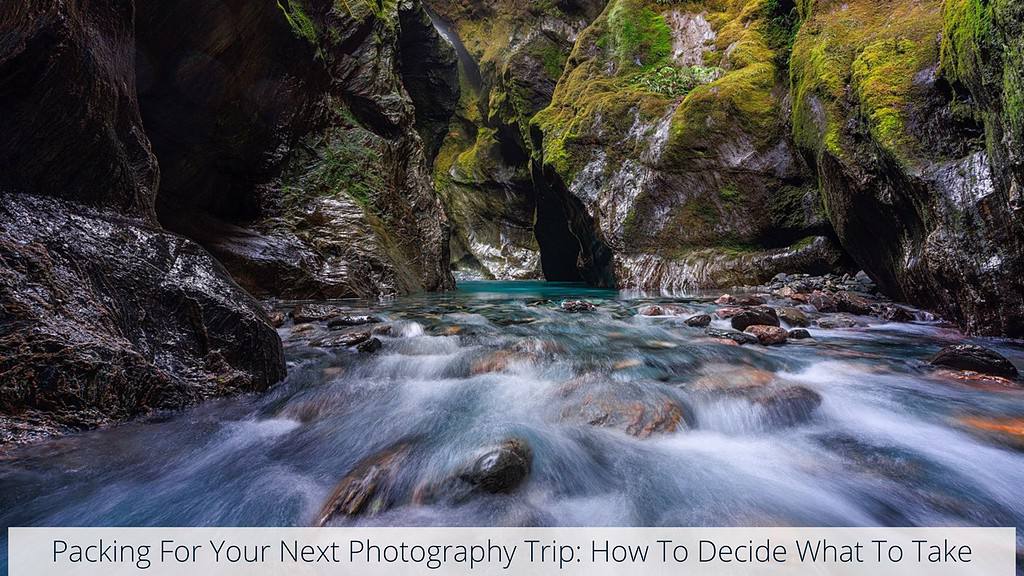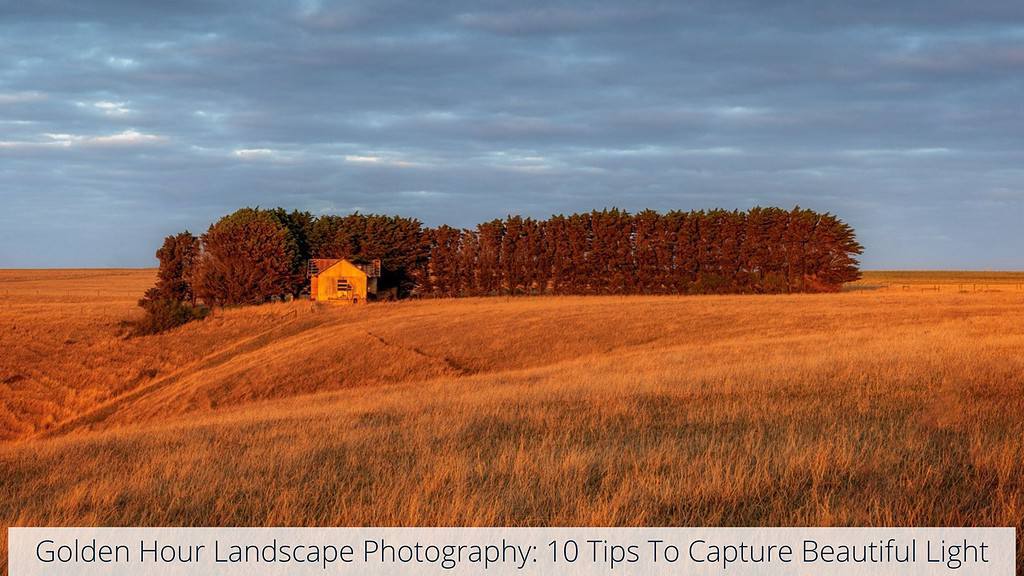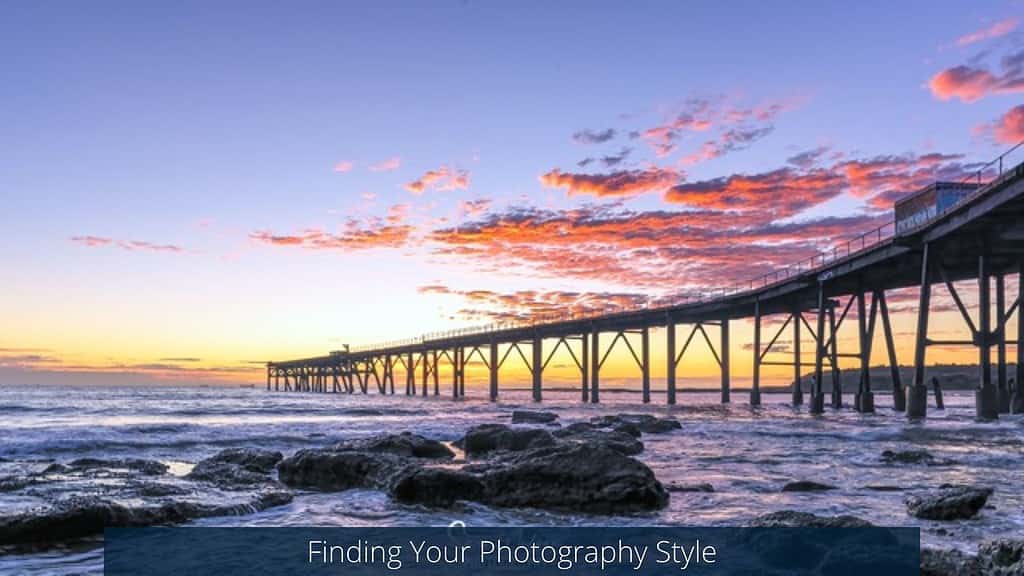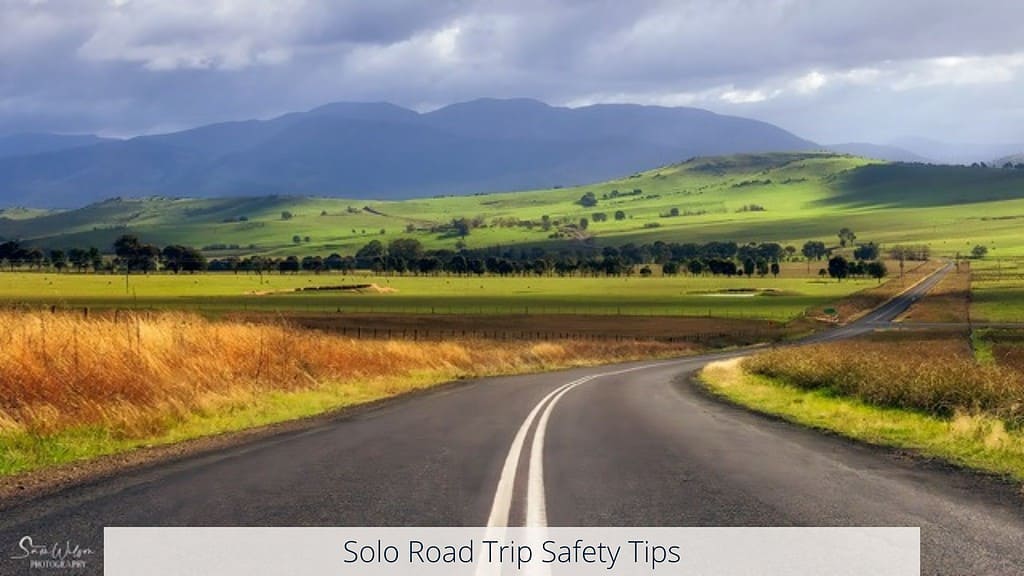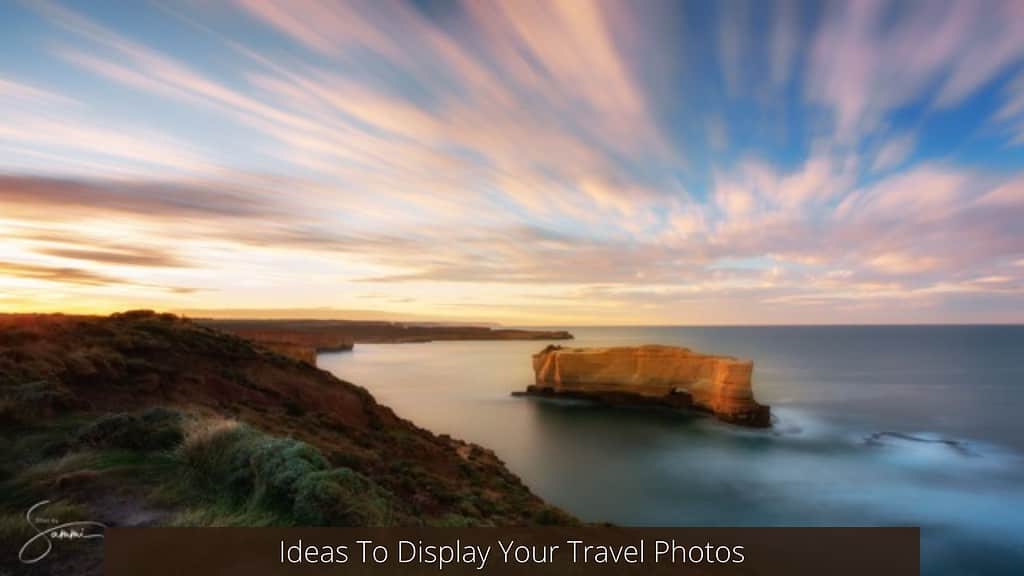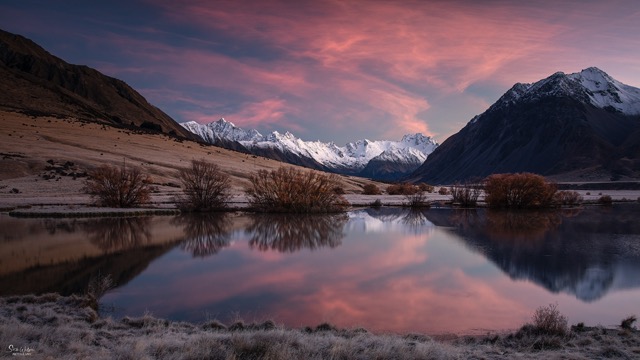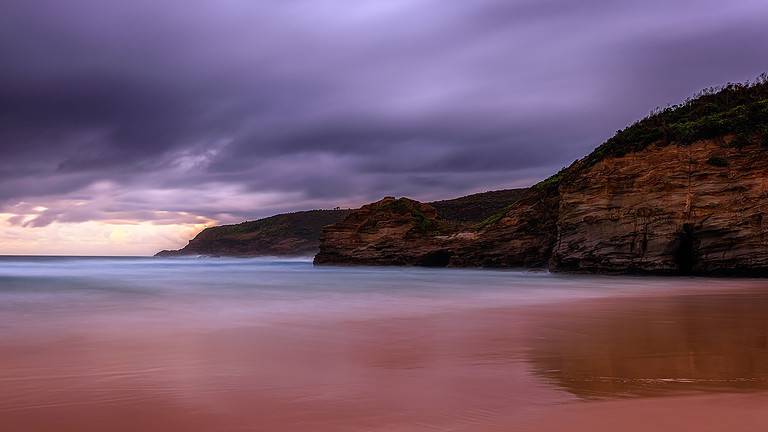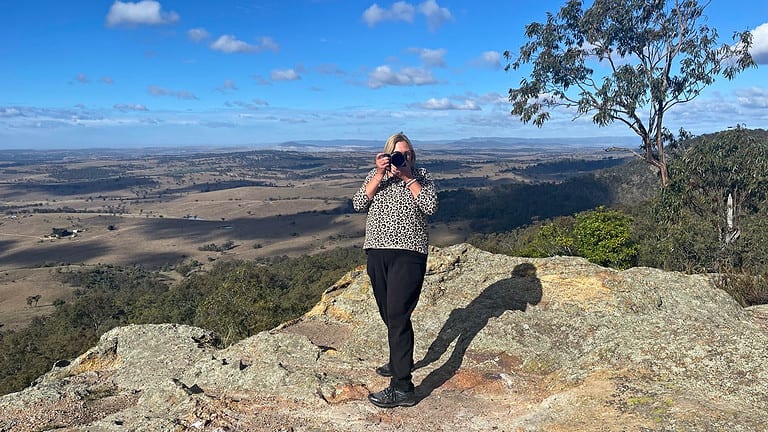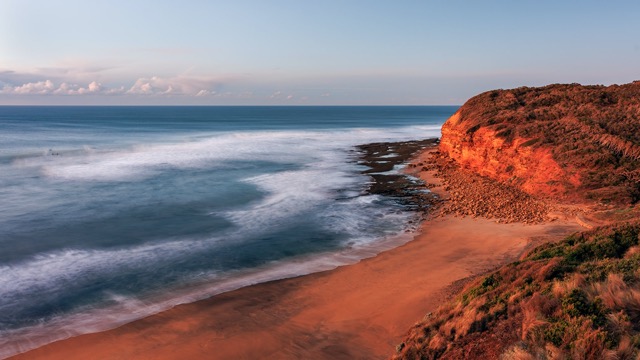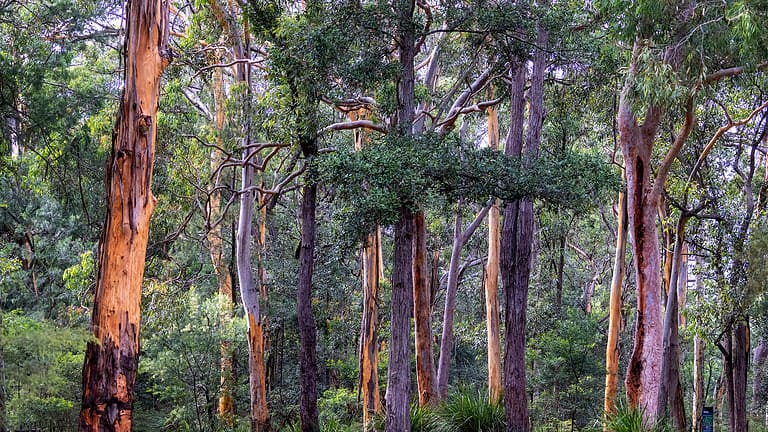Travel Photography Tips: 40+ Essential Tips For Great Travel Photos
If you’re like me, you love travelling to new places, but while you want to make the most of your experiences, you also want to get great photos.
As a keen photographer you want to be able to capture stunning images that you can cherish long after you return home again.
I’m guessing that’s why you’re here – to learn some easy travel photography tips for beginners so you can start taking better photos, and enjoy capturing the beauty of your world.
I understand travel photography can be hard: figuring out the right gear, choosing the best locations, and, of course, dealing with the unpredictable elements of nature and bustling crowds.
Don’t let it stress you, because I’m here to share some practical tips that have transformed my approach to travel photography.
In this guide, I’ll walk you through my favourite travel photography tips that cover everything from preparing for your journey to capturing those stunning shots that truly reflect the spirit of your adventures.
Whether you’re a beginner or have been taking photos for a while, these insights are designed to enhance your skills and inspire you to see the world through your camera in a new light.
So, let’s get ready to turn your travel experiences into a gallery of breathtaking memories, one photo at a time.
Trust me, with a bit of guidance and a lot of passion, you’ll be capturing the essence of your travels in ways you never imagined.
Let’s dive into the essential tips for travel photography:
Travel Photography Tips: Before You Go
Embarking on a photographic journey begins long before you set foot outside your door. It’s about thoughtful planning and preparation, ensuring you’re ready to capture those unforgettable moments.
1 – Do Your Research
Before you pack your bags, immerse yourself in research. Scour travel blogs, social media, and photography sites for inspiration and insights about your destination. Knowing the best spots and times for those perfect shots can make all the difference.
More reading: Finding Photography Locations
2 – Know Your Gear
Familiarity with your camera is your secret weapon. Spend time understanding its features and quirks. Whether it’s mastering manual mode or experimenting with different settings, knowing your gear inside out will pay off when you’re in the field.
3 – Only Take What You Need
Travel light, travel smart. Bring only the gear you absolutely need – a versatile lens, a sturdy tripod, and essential accessories.
Remember, the best camera is the one you can carry comfortably all day.
4 – Plan Your Shots
While spontaneity has its charm, planning your shots can lead to stunning results.
Think about the types of images you want to capture. Sunrise over a beach? Nighttime cityscapes?
A bit of planning can help you be at the right place at the right time.
5 – Learn The Basics – Know Your Exposure
Understanding exposure is crucial.
Get to grips with the holy trinity of photography: aperture, shutter speed, and ISO.
Balancing these elements is key to capturing well-exposed, vibrant photos.
This is a very basic guide to help keep it as simple as possible. After all, you want to be focussed more on your holiday here, so take advantage of the camera’s different shooting modes.
Landscapes and street scenes: Use aperture priority mode and set it between f8 and f11 to have your whole scene in focus. Set your camera to auto ISO and it will then set the relative shutter speed. Keep an eye on this as if you go too low with your shutter speed, you may get blurry images.
Portraits: You’ll probably want to photograph your subject to be sharp, but the background blurry to bring focus on the person. Have a wider aperture of f5.6 or lower, a minimum shutter speed of around 1/160 to freeze the subject. Leave your ISO on auto unless you’re indoors.
Indoors: Because it will most likely be dark, you may need to increase your ISO so that your shutter speed doesn’t get too low unless you’re using a tripod. Without a tripod, try not to let you shutter speed get much slower than 1/100 to avoid blur. to keep it simple, use shutter priority, set your ISO to auto once again and let the camera set the aperture.
TRUSTY TIP: Take a screenshot of this section and save it to your phone so you have it handy throughout your travels.
6 – Study Composition
Composition is the heart of a great photo. Learn the rule of thirds, experiment with different perspectives, and play with leading lines. Good composition can turn a simple scene into a compelling story.
7 – Practise Before You Go
Practice makes perfect. Spend time photographing your local area. Experiment with different techniques and settings. This practice will not only hone your skills but also boost your confidence in capturing those once-in-a-lifetime travel shots.
Travel Photography Tips: On Location
Navigating through new locales with your camera, every scene presents an opportunity.
Here’s some tips to capture the essence of each place:
8 – Take Your Camera Everywhere
Your camera is more than just a tool; it’s your ticket to capturing the spontaneous.
Like a trusty companion, it should accompany you everywhere, ready to snap those unscripted moments that often tell the richest stories.

9 – Prioritise Your Photography
Carve out time specifically for photography in your travels. It’s like making a date with the sunrise or a rendezvous with the bustling night markets.
These dedicated moments often lead to the most profound captures.
If you’re travelling with others and don’t want to disrupt them, then sunrise is the perfect time for this.
There’s nothing like watching a new location come to life, your travelling companions will probably be sleeping and you get to catch those beautiful golden moments.
Which leads me directly to the next travel photography tip:
10 – Golden Hour
There’s a reason photographers rave about the golden hour.
It’s when the world seems to pause, bathed in a warm, forgiving light.
Whether it’s casting a city in a golden glow or backlighting a distant mountain, this time of day is pure magic for your lens.
11 – Set A Theme
Choosing a theme is like setting out on a treasure hunt, guiding your focus and adding a layer of intention to your photography.
For landscape enthusiasts, this could mean focusing on the changing moods of a particular natural feature, like a mountain range or a coastal line.
Themes can also include things like lighthouses, doors, graffiti, different modes of transport, local cuisine, the list really is endless.

12 – Get Up Early And Stay Out Late
Yes, harping on that beautiful golden hour again.
But not only that, if you’re at busy places, this gives you the best chance to get images without people in your shots.
13 – Consider A Tour With A Local Photographer
A local photographer can be your guide to the unseen.
They often know the spots that are off the beaten path and can provide insights that enrich your photographic narrative.
14 – Tell A Story
Each photo should be a chapter in the story of your journey.
Aim to capture images that don’t just depict a scene but also convey a mood, a moment, or a mystery waiting to be unravelled.
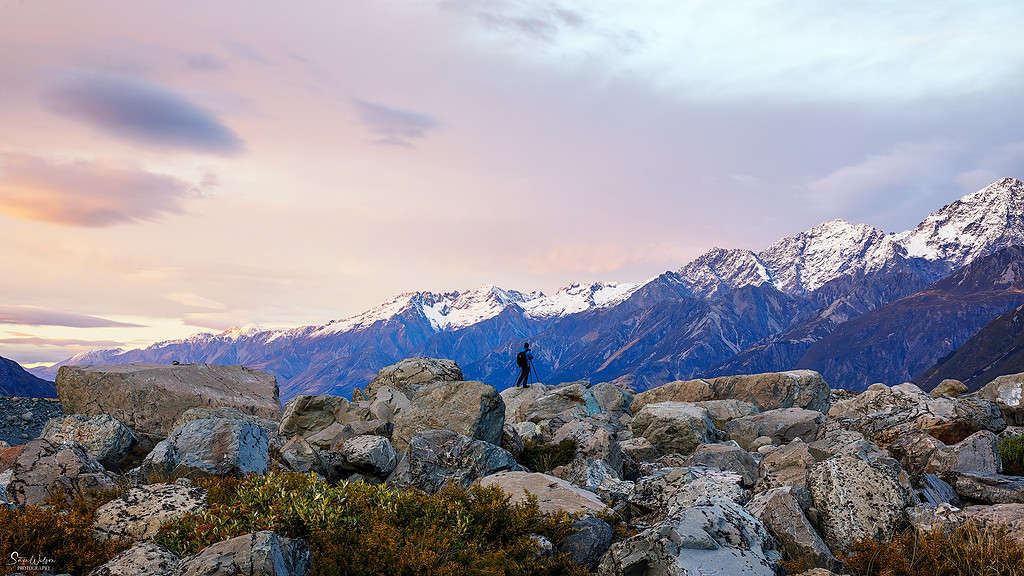
15 – Include People
I know, if you know me at all, I don’t generally shoot things that talk, but there’s always exceptions to every rule.
People are the heartbeat of a place.
Including them in your shots adds a layer of narrative and emotion.
From a candid street scene to a portrait of a local, these images often resonate deeply, adding a human touch to your travel tales.
16 – Be Patient
Patience can be your greatest ally in the quest for the perfect shot.
It’s about waiting for that decisive moment when everything aligns – the light, the subject, and your intuition.
17 – Take Too Many Photos
In the digital era, there’s no cost to clicking away. Each extra shot is a chance to capture something unexpected. It’s better to have too many options than to miss the moment.
You can always sift through them later. The bonus with that is you get to relive the experiences again.
18 – Find Balance
While capturing memories, don’t forget to make them too. Sometimes, put the camera down and soak in the experience
While the quest for the perfect photo is compelling, remember to also soak in the experience without the lens. Sometimes, the most memorable moments are those you live fully, not just capture.
This is probably my favourite of all the travel photography tips in this article as it’s something that has really helped me slow down and enjoy the experience of just ‘being’ where you are.
It’s easy to get caught up in getting the perfect photos that you can forget to enjoy the moment.

Travel Photography Tips: Don’t Forget About Your Composition
Great composition can elevate any photo, whether it’s a landscape, a street scene, or a portrait.
Here are some versatile composition techniques:
19 – Good Old Rule Of Thirds
This classic composition rule is a great starting point.
Place key elements at the intersections of your frame’s grid lines for a balanced look.
It works well across various photography genres, from capturing the expanse of a landscape to the intimacy of a portrait.
In the image below, you can see the horizon sits nicely on the top third line, and the edge of the rock shelf is on the right third line.
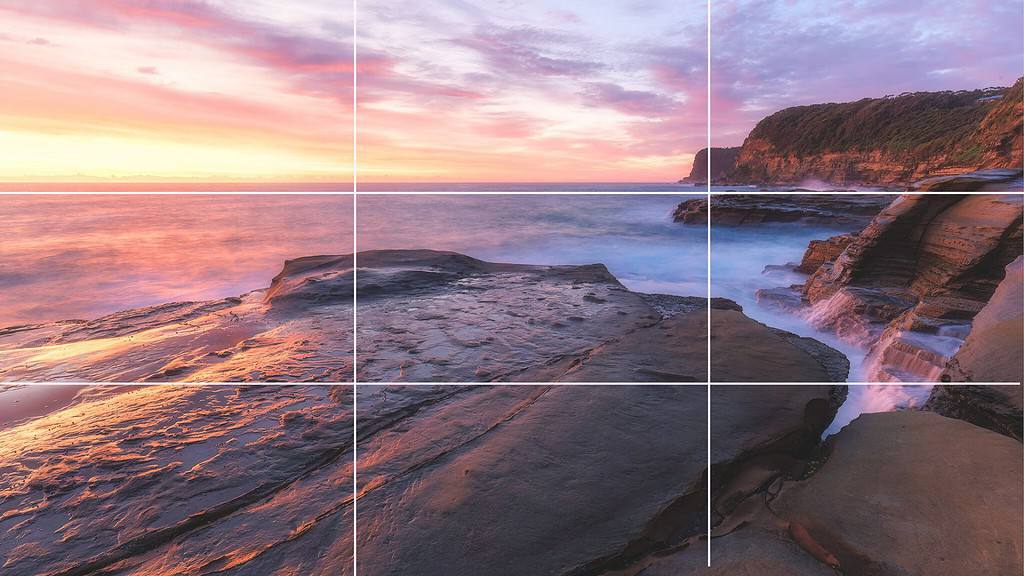
20 – Leading Lines
Use lines to guide the viewer’s eye.
In a cityscape, it might be a street or a row of buildings; in nature, a river or a path.
Leading lines create a sense of movement and depth, drawing the viewer into the photo.
21 – Framing
Framing your subject can add depth and focus.
Look for natural frames like tree branches in a landscape or architectural elements in urban photography such as arches.
It’s a creative way to draw attention to your main subject.
22 – Move Your Feet
Exploring different angles can dramatically change your photo’s impact.
Whether it’s crouching low for a powerful street-level shot or finding a higher vantage point for a scenic view, changing your perspective can reveal new compositional possibilities.
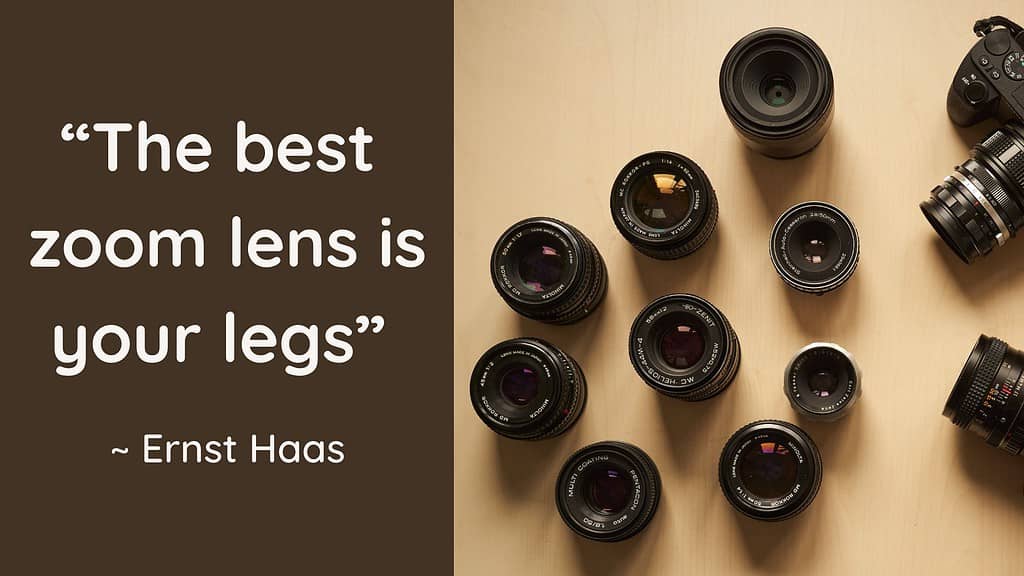
23 – Keep It Simple
Simplicity often leads to powerful imagery.
A minimalist approach, focusing on a single subject or using a clean background, can make your subject stand out, whether it’s a lone figure in a vast space or a simple, everyday object.
24 – Use Negative Space
Negative space can be used to create a sense of scale or to emphasise simplicity and minimalism.
It works in various settings, from a lone tree in a field to a solitary figure against an urban backdrop.
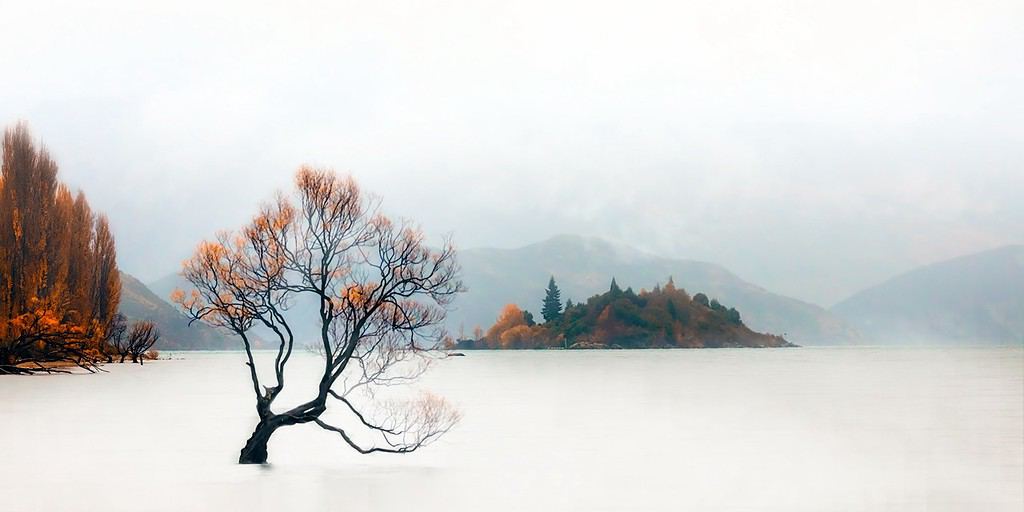
25 – Check Your Edges And Background
Before taking the shot, a quick glance around the edges and background of your frame can ensure that nothing distracts from your main subject.
This attention to detail can refine your composition, no matter the subject.
Read more: Improve Your Landscape Photography Composition
Travel Photography Tips: Get Creative and Have Fun
Photography is not just about capturing what you see; it’s about how you show what you see.
By all means, take the obvious shots, and then see if there’s anything quirky and individual you can do to make your images really stand out.
Here’s how to add a dash of your own flair to every shot:
26 – Experiment With Angles
There’s a whole new world from a different angle.
Crouch down low or find a high vantage point – it’s like seeing the scene through a new set of eyes.
It’s not just what’s in front of you, but how you present it that can turn a good photo into a memorable one.

27 – Play With Depth Of Field
Depth of field is like the photographer’s selective focus.
Blurring out the background can make your subject stand out in stark relief – perfect for when you want to say, ‘Hey, look right here!’
Or keep everything crisp for those sweeping landscapes where every detail counts.
Even better, see tip #17 and photograph lots of different options.
28 – Burst Mode for Fast-Moving Scenes
Life doesn’t stand still, and sometimes, neither should your camera.
Burst mode is perfect for capturing life in motion – be it a bird in flight or a fleeting street moment.
It’s like having a rapid-fire approach to not miss a beat.
This is something fun to do with your phone as well. Check it out before you pack your bags.
Doing a simple course on learning some tips on how to use your phone’s camera can be incredible.
29 – Try Black and White For A Day
Switching to black and white is like stripping down to the basics – light, shadow, texture.
It’s a challenge to see the world in gradients of grey, but one that can lead to some strikingly dramatic shots.
Set your camera up so you can shoot in black and white so that the viewfinder and screen show black and white. BUT, make sure you also have it save both Jpeg and RAW. This way you can see what it looked like in black and white once you upload the RAW files and lose that.
30 – Find Your Style
Your style is your photographic fingerprint.
It’s an evolving process of discovering what makes your heart beat a little faster behind the lens.
Whether it’s the raw emotion of street photography or the serene beauty of landscapes, finding your style is about finding your voice.
31 – Focus On Details
Sometimes the smallest things make the biggest impact.
Zooming in on the details – the way light plays on a surface, the patterns in nature, the unnoticed corners of urban life – can reveal a world of beauty that’s often overlooked.
For more creative ideas check out this article: Creative Photography Project Ideas.
Travel Photography Tips: Best Practices
Navigating the nuances of travel photography involves more than just technical skills.
It’s about being mindful and respectful, both of your surroundings and the people you photograph. Here are some best practices to keep in mind:
32 – Be Culturally Aware
If you’re travelling to places unknown, don’t be one of ‘those’ ignorant tourists.
Do your research to be respectful of whatever is appropriate for that area.
Every place has its own heartbeat, its own rhythm.
Being culturally aware means tuning into this rhythm. It’s about understanding and respecting local customs and traditions, whether it’s dressing appropriately or knowing when it’s okay to snap a photo.
It’s not just about capturing images; it’s about capturing the essence of a place without disrupting its harmony.
33 – Ask Permission
When it comes to photographing people, a little politeness goes a long way.
If you’re aiming for a close-up or a portrait, a friendly nod or a gesture to your camera for permission can make all the difference.
It’s about building a bridge of respect – and who knows, it might just lead to a more genuine and heartfelt photograph.
34 – Stay Safe
Your safety is paramount.
Keep your wits about you, especially in unfamiliar settings.
Be aware of local safety advisories, and always trust your instincts. It’s like having an internal compass that guides you – not just to great shots, but also away from potential hazards.
This can be even more important if you’re travelling solo …
Travel Photography Tips: Staying Organised
In the world of photography, staying organised is half the battle won.
Here’s how to keep everything in check, so you can focus more on capturing those stunning shots:
36 – Bring Plenty Of Memory Cards And Batteries
There’s nothing worse than a perfect moment slipping away because you’ve run out of memory or battery.
Stock up on memory cards and batteries like they’re going out of fashion. And just as important is packing your charger!!!
It’s like packing an extra pair of socks – better safe than sorry!
37 – Shoot In RAW for the Most Control Over Your Editing
Shooting in RAW is like keeping all the ingredients of a great meal.
It gives you more control in post-processing, allowing you to tweak and perfect your photos.
Even if you don’t want to edit your photos while you’re away, you might want to later.
I hadn’t really started photography when I toured Vietnam and Cambodia with my husband so only shot in Jpeg. I still regret that, so at least shoot in both RAW and Jpeg so you have the option.
Think of it as having a full palette of colours to paint with, rather than just a few.
38 – Backup
Backing up your photos is like insurance for your memories.
Whether it’s using cloud storage or an external hard drive, make sure you have a system in place.
I always take a portable hard drive along with my laptop and download my photos to both every night.
You can do it while you’re relaxing at the end of the day with a bevvy and be safe in the knowledge that you won’t lose any precious images.
After all, you wouldn’t want your precious moments to become digital dust.

39 – Look After Your Gear
A clean lens and camera are crucial for clear shots.
It’s like keeping the windows of your house clean – you get to enjoy the view without any smudges getting in the way.
Pack some simple wipes and a microfibre cloth or two (and use them). They weigh practically nothing and can save you from smears or dirt on your lens that can easily ruin every photo.
A regular cleaning routine can save you from heartache over a spoiled shot later.
40 – Learn Some Post-Processing
Diving into post-processing can be as rewarding as the shoot itself. It’s where you get to add your final artistic touches.
It doesn’t have to be a lot: just some simple adjustments to your exposure and cropping can really transform your images.
Learning the basics of software like Lightroom or Photoshop can elevate your photos from good to gallery-worthy.
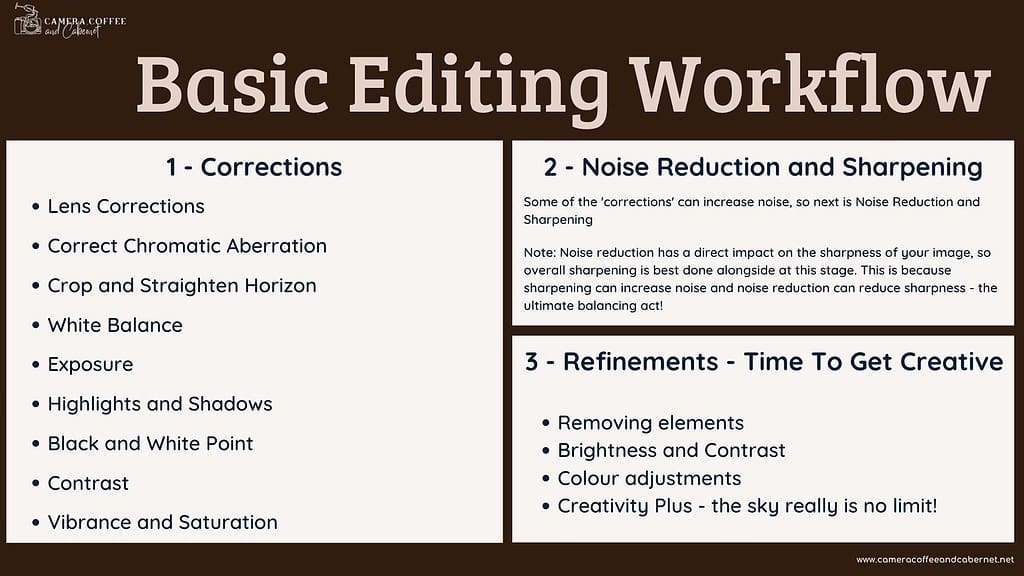
Travel Photography Tips: After Your Trip
Coming home from a trip doesn’t mean the end of your photography journey. In fact, it’s just the beginning of a new chapter.
Here’s how to keep the momentum going:
41 – Don’t Forget About Your Photos When You Get Home
It’s easy to get caught up in the hustle of returning to everyday life, but don’t let those precious photos sit forgotten on a memory card.
Set aside some time to relive your adventures through your images. It’s like unpacking a suitcase full of treasures.
42 – Sort and Save
Organising your photos can be as fulfilling as taking them.
Sort them into categories, label them, and save them in a way that makes sense to you. Think of it as curating your own personal gallery – a collection of moments and memories.
Check out my really simple process on Developing a Photography Workflow.
43 – Print
In a digital age, there’s something special about holding a physical photo.
Select your favourites and get them printed. Whether it’s for a photo album, a framed piece on your wall, or a gift for someone, printed photos have a charm that digital images can’t replicate.
44 – Start Planning the Next Trip!
Now that you’ve immortalised one adventure, why not start planning the next?
Use your photos as inspiration for your next destination.
It’s a beautiful cycle – travel, capture, reminisce, and repeat.
This is just one strategy for beating those post-travel blues, but it’s definitely one of my faves.

And that’s it – these were my best travel photography tips, from the moment you start planning to the joy of reflecting on your adventures back home.
We’ve covered the importance of preparation, the art of composition, staying creative, best practices for respectful and safe photography, keeping organised, and what to do once you’re back.
Remember, photography is not just about capturing what you see; it’s about sharing how you see the world.
Each photo tells a story, your story.
I’d love to hear about your experiences and any tips you might have.
Drop a comment below to share your thoughts and insights.
Thank you for reading, and here’s to your next photographic adventure!
Keep clicking and sipping! 📷 ☕️ 🍷
Like this post? PIN it so you can save it for later
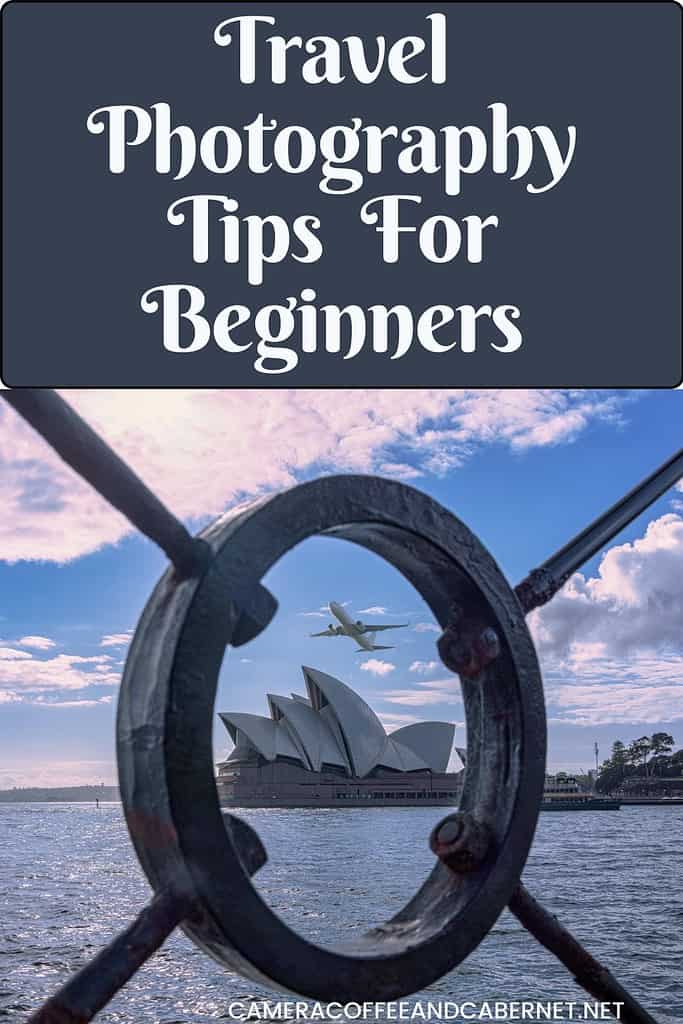
More travel photography reading:
- Road Trip Travel Photography Tips
- Self Care While Travelling: 35 Simple Tips For a Joyful Journey
- Travel Photography Shot List: Essential Photos for Your Adventures
- Travel Landscape Photography: Tips to get Great Photos When Travelling
- Choosing A Travel Destination
- Managing Travel Expectations
- Achievable Travel Resolutions
- Managing Post-Travel Blues
- Displaying Your Travel Photos
Don’t miss a post – sign up Here if you haven’t already

